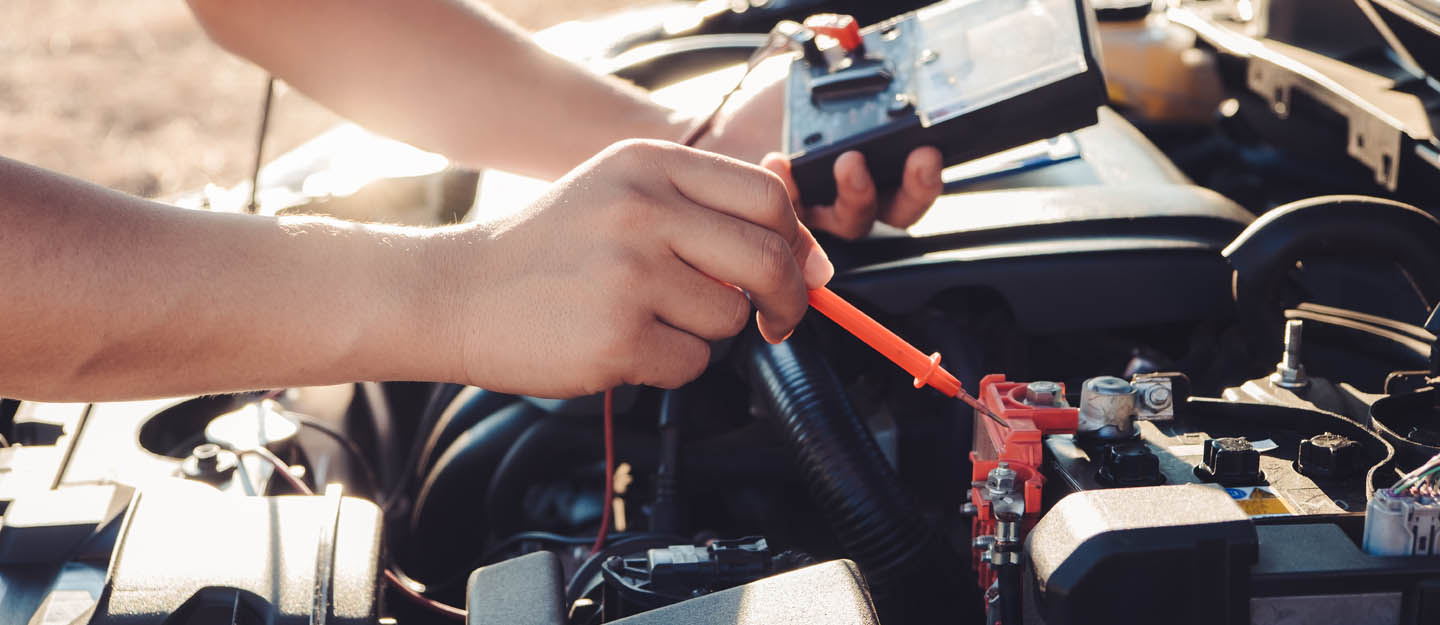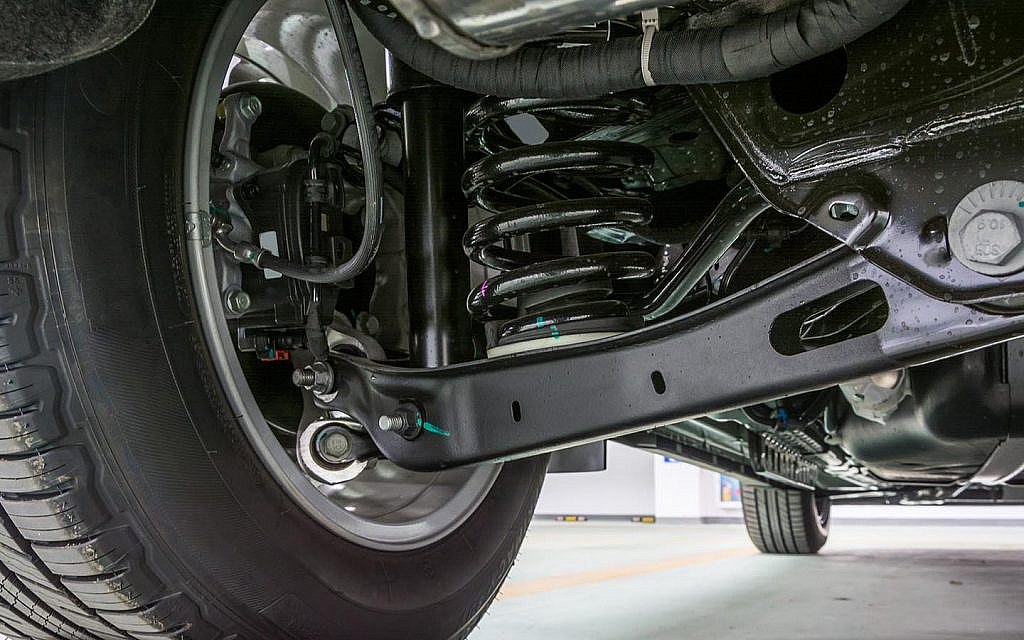Understanding the Causes of a Bad Air-Fuel Ratio

The air-fuel ratio plays a crucial role in the combustion process of internal combustion engines. An optimal air-fuel ratio ensures efficient fuel combustion, leading to better engine performance and reduced emissions. However, when the air-fuel ratio deviates from its ideal value, it can lead to a host of problems. Let’s delve into the various factors that can cause a bad air-fuel ratio, exploring both mechanical and environmental aspects.
Causes of a Bad Air-Fuel Ratio
Learn about the causes of a bad air-fuel ratio in internal combustion engines. Discover how fuel delivery issues, sensor malfunctions, exhaust system problems, and environmental factors can affect the air-fuel mixture.
Fuel Delivery Issues

One of the primary reasons for a bad air-fuel ratio is fuel delivery problems. Furthermore, these issues can arise from multiple sources, including:
Fuel Injection System
A malfunctioning fuel injection system can disrupt the precise delivery of fuel into the combustion chamber. Common problems include clogged fuel injectors, faulty fuel pressure regulators, or a malfunctioning fuel pump.
Dirty Air Filters
Air filters prevent contaminants from entering the engine. However, when engine air filter become clogged with dirt and debris, they restrict the airflow. This ultimately leads to an imbalanced air-fuel mixture. Regular maintenance or replacement of air filters is crucial for optimal engine performance.
Intake Manifold Leaks
Leaks in the intake manifold can allow additional air to enter the combustion chamber without an appropriate increase in fuel supply. Therefore, this can result in a lean air-fuel mixture, causing car’s engine performance issues. Regular inspection of the intake manifold and addressing any leaks is essential.
Fuel Quality
Poor-quality or contaminated fuel can disrupt the air-fuel ratio. Fuel with a low octane rating, excessive ethanol content, or water contamination can lead to combustion issues. Consequently, this can affect the air-fuel mixture.
Sensor Malfunction

Modern engines rely on various sensors to monitor and adjust the air-fuel mixture continually. If these sensors malfunction, they can provide incorrect readings, which leads to a bad air-fuel ratio. Hence, the common sensor-related causes include:
Oxygen (O2) Sensor
The oxygen sensor plays a critical role in measuring the oxygen content in exhaust gases. Its data is vital for the engine control unit (ECU) to make precise adjustments to the air-fuel mixture. However, a faulty oxygen sensor can provide inaccurate readings. However, a faulty engine control model can cause serious issues. Which can lead the ECU to make improper adjustments to the air-fuel ratio. To prevent this issue, it is essential to check the symptoms of faulty oxygen sensors and conduct regular maintenance checks on the oxygen sensor.
By ensuring the oxygen sensor’s accuracy and functionality, you can help maintain an optimal air-fuel mixture, promoting better engine performance and reducing harmful emissions.
Mass Airflow (MAF) Sensor
The Mass Airflow Sensor measures the amount of air entering the engine. Malfunctioning MAF sensors can provide inaccurate airflow readings, leading to an incorrect air-fuel mixture. Knowing the symptoms of faulty MAF and replacing the MAF sensor can resolve this problem.
Engine Coolant Temperature (ECT) Sensor
The ECT sensor measures the engine’s temperature, providing data for fuel delivery adjustments. However, a faulty ECT sensor can cause the ECU to provide incorrect fuel injection durations, resulting in an imbalanced air-fuel ratio. Regular inspection and replacement of the ECT sensor are necessary.
Throttle Position Sensor (TPS)
The Throttle Position Sensor (TPS) is integral to the engine’s fuel delivery system. It helps in monitoring the position of the throttle valve. This information allows the Engine Control Module to make precise adjustments to the fuel delivery. However, if the TPS malfunctions, it can provide inaccurate readings, resulting in an imbalanced air-fuel ratio. To rectify this issue, it is essential to either clean the bad throttle position sensor or replace it with a new one. This ensures that the engine receives accurate throttle position data and maintains an optimal air-fuel mixture.
Exhaust System Issues

Problems within the exhaust system can also contribute to a bad air-fuel ratio. These issues include:
Exhaust Gas Recirculation (EGR) Valve
The Exhaust Gas Recirculation (EGR) valve serves the vital function of recirculating a portion of exhaust gases back into the engine’s intake manifold for emission control. However, when the EGR valve becomes clogged or malfunctions, it can disturb the proper air-fuel mixture. To avoid this issue, performing regular maintenance and periodic cleaning of the EGR valve is crucial.
Catalytic Converter
A malfunctioning catalytic converter can restrict exhaust flow, leading to backpressure in the exhaust system. This backpressure can affect the air-fuel ratio by interfering with proper combustion. Ensuring the catalytic converter is in good condition and replacing it, when necessary, can help maintain a proper air-fuel ratio. A bad air-fuel ratio can also be one of the causes of car exhaust backfiring.
Exhaust Leak
Moreover, leaks in the exhaust system can allow air to enter or escape, affecting the air-fuel mixture. Exhaust leaks near the oxygen sensor can lead to false readings and improper adjustments by the ECU. Regular inspection and repair of exhaust leaks are essential. To know more, here are the symptoms of exhaust leak.
Environmental Factors

External factors can also impact the air-fuel ratio, including:
Altitude
At higher altitudes, the air density decreases. This reduced air density can affect fuel delivery, leading to a lean air-fuel mixture. Therefore, engines operating at higher altitudes may require adjustments or tuning to maintain the appropriate air-fuel ratio.
Humidity
Humid air contains more water vapour, which displaces oxygen. Consequently, a higher humidity level can result in a rich air-fuel mixture, affecting combustion efficiency. Engine tuning or adjustments may be necessary in areas with high humidity.
Temperature
Extreme temperatures can affect the air-fuel ratio. Cold weather conditions may require adjustments to provide a richer mixture, while hot weather conditions may necessitate a leaner mixture. Engine tuning and temperature-related maintenance can help mitigate these effects.
With this, we end our list of causes of bad air-fuel ratio. Maintaining an optimal air-fuel mixture is crucial for efficient engine performance and reduced emissions. Additionally, we have highlighted various causes of a bad air-fuel ratio, including fuel delivery issues, sensor malfunctions, exhaust system problems and environmental factors.
However, Identifying and addressing these causes and regular vehicle maintenance can help in maximising the engine’s efficiency. If you suspect a bad air-fuel ratio, it is advisable to consult a qualified mechanic for a thorough inspection and necessary repairs. On the contrary, if you want to replace your car with the latest models, browse through the listings of used cars for sale in the UAE here.
Stay tuned to the dubizzle car blogs for more updates.






















